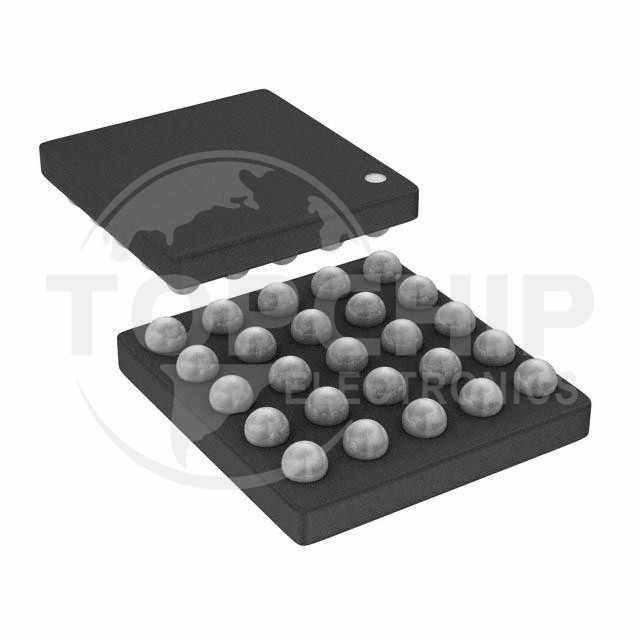Hi, I am Andy from TOPCHIP ELECTRONICS. The post shared today is about the three boot modes of STM32 BOOT.
STM32 is a microcontroller developed by STMicroelectronics and is widely used in various fields. Among them, BOOT is a startup mode of STM32, through which the chip can be programmed and debugged. There are three startup methods in BOOT mode, namely system reset, serial port boot and JTAG/SWD boot.

System reset is the most commonly used BOOT startup method. When the chip is powered on or reset, the system will first enter BOOT mode. In this mode, the chip will read the code in the BOOT area and then execute the code. The BOOT area is a special area inside the chip used to store the boot program. The role of the boot program is to initialize various peripherals and registers of the chip and then jump to the entry point of the application. Since the BOOT area is read-only, the boot program must be pre-burned into the chip.
Serial port boot is another commonly used BOOT startup method. In this mode, the chip communicates with the PC through the serial port interface to achieve programming and debugging. Serial port boot is mainly used when it is impossible to enter BOOT mode through system reset, for example, the reset pin of the chip is disabled or occupied. In the serial port boot mode, the PC will send a special boot program to the chip. After receiving it, the chip will enter the BOOT mode and execute the program. Since serial port booting requires special software and hardware support, it needs to be considered during design.
JTAG/SWD boot is an advanced BOOT startup method. In this mode, the chip communicates with the debugger through the JTAG or SWD interface to achieve programming and debugging. JTAG/SWD boot is mainly used for debugging and testing inside the chip, and can easily observe the internal status and register values of the chip. In JTAG/SWD boot mode, the debugger will send a special boot program to the chip. After receiving it, the chip will enter BOOT mode and execute the program. Since JTAG/SWD boot requires the use of specialized debuggers and software support, this needs to be considered during design.
In short, the BOOT mode of STM32 is a very important startup method, which can facilitate chip programming and debugging. Different startup methods are suitable for different scenarios, and you need to choose according to the actual situation. When designing, factors such as the size and location of the BOOT area, reset pin settings, serial port and debugger support need to be considered to ensure normal operation of the BOOT mode.

